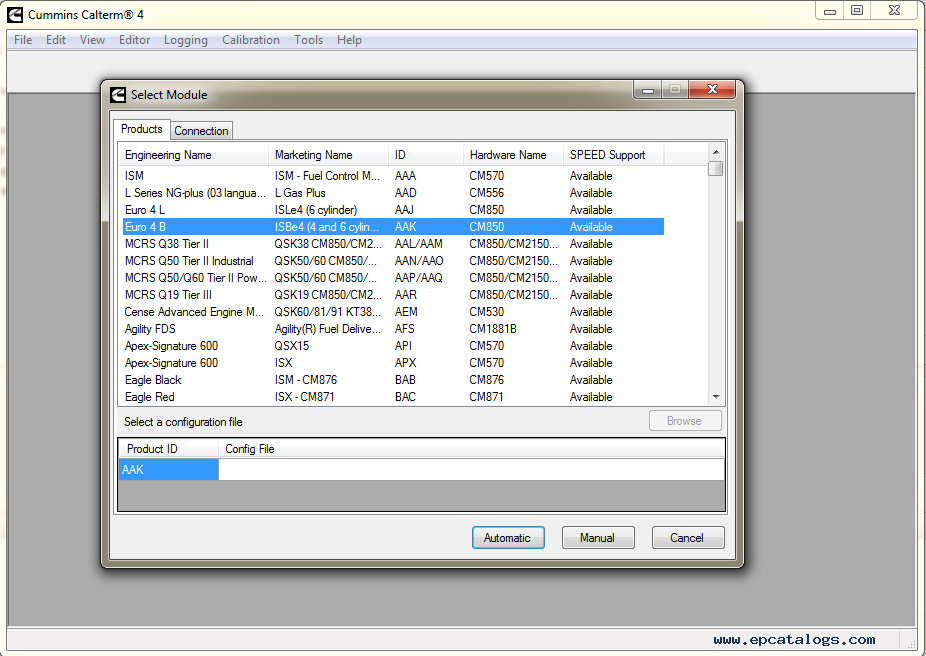
To find out if there is a leak in your vehicle, you can pull it from the garage and examine the liquid. Placing a piece white cardboard under the car will help you determine the source of the liquid and the color. Compare your findings to the chart below to determine the most likely source of the leak. To find out the exact type of fluid that is leaking, check your owner’s manual.
The most common signs that your car has a leak
You can look for signs that your car is leaking. If your engine is making a lot of noise, you should inspect the exhaust pipe. A small exhaust leak may be harmless but can cause loud engine sounds that echo throughout your vehicle. Acceleration may cause the noise to increase in volume. This could indicate that your car has an excessive amount of exhaust. The emissions test may also fail if there is a leak in the exhaust pipe.
Common leak sources
Leakages in cars are always a concern, especially if they happen while driving. Cars need a variety of fluids to operate properly, and these liquids can easily leak if they are not checked and fixed immediately. Below are some of the most common causes of car leaks. Antifreeze is a common fluid that can leak from your vehicle. It can freeze in the engine and cause damage.
To check for leaks, test-drive the car.
It is necessary to test-drive the vehicle in order to determine if there are any leaks. It is important to drive it in a clear, flat, long road with little traffic. You can lean the car forward, with your wheels turned sharply. You should listen out for popping or clunking sounds from the vehicle. The vehicle could have a problem if the noise continues. If you are unsure, have your car professionally inspected. It is important to inspect the motor mounts, front-end, and CV joints.

To find a leak, use a pressure tester
A pressure tester is useful if you suspect your cooling system may be leaking. This device uses air to pump coolant into the cooling system. A leak is indicated when the coolant expands. The pressure inside the system will rise as a result. To test the radiator, attach the tester to the top of the radiator and pump up until the gauge matches the cap pressure. Ideal pressure should rise by two to three psi, and fall by one-half inch.
FAQ
What qualifications are necessary to become a mechanic
To become a mechanic, you'll need to pass a series of exams. These exams include:
-
A general knowledge assessment
-
A practical exam
-
An apprenticeship test
These tests are designed for you to understand the basic concepts and principles of mechanics before your start as a technician.
Once you pass these tests you can become a mechanic. However, you'll still need to complete an apprenticeship. This will require you to learn the trade.
To learn all you can about vehicle repair, you will need to take classes and workshops. It will be necessary to work alongside experienced mechanics.
If you want to be a successful mechanic, it will take concentration and attention to detail. You will need to pay careful attention to every aspect when repairing vehicles.
To become a successful mechanic you'll need patience. If you don’t enjoy following instructions, this might not be the right career path.
If you enjoy cars and fixing them, this job could be a good fit for you.
What can I do to fix my car as an hobby?
Why not make it a hobby if you're interested in cars? You can learn to fix them, buy them parts, and even sell them. It would make a great pastime if you're looking for something different to do.
It's difficult to make this a fulltime job. This requires dedication and hard work. And you'll need to invest a lot of money too.
You may not be able to have an emotional connection with cars unless there is a valid reason.
Is it possible to work as an automotive mechanic?
Yes, it's possible. Many garages advertise their vacancies online, and many people apply just because they think it might be fun. If you want to get your foot in the door, you should try applying for a few places and see if they accept student applications. Alternatively, you could ask friends and family if they know anyone who works in the industry. They may be happy to recommend someone.
Does it matter where I go to college?
You're wrong. There are no differences between colleges when it comes to getting into the automotive industry. But, there are better programs at some schools than others. Look elsewhere if you want something more niche.
Statistics
- According to the BLS, total auto technician employment is expected to exceed 705,000 by 2030. (uti.edu)
- There were 749,900 jobs available for automotive service technicians and mechanics in 2016, which is expected to grow by six percent through 2026. (jobhero.com)
- Apprentice mechanics earn significantly less hourly than mechanics who have completed training, with a median wage of approximately $14.50 an hour, according to PayScale. (jobhero.com)
External Links
How To
How to get certified as a mechanic
For those who are interested in becoming certified automotive technicians, the mechanic's certifications will help. They cover all aspects of auto repairs including engine diagnostics. Electrical systems. Brakes, suspension. steering. Fuel injection. Air conditioning. Heating. Exhaust. Diagnostic tools. Body repairs. Collision damage repair. Paintless dent removal. Motor vehicle emissions testing.
The program consists of 12 hours of classroom instruction and three months of on-the-job training at a participating dealership. Students must complete a minimum of 60 clock hours of classroom study per semester and pass a written exam, including theory and practical questions. Students may take the National Institute for Automotive Service Excellence's state exam after completing the coursework. Automotive service technicians must be certified by ASE.